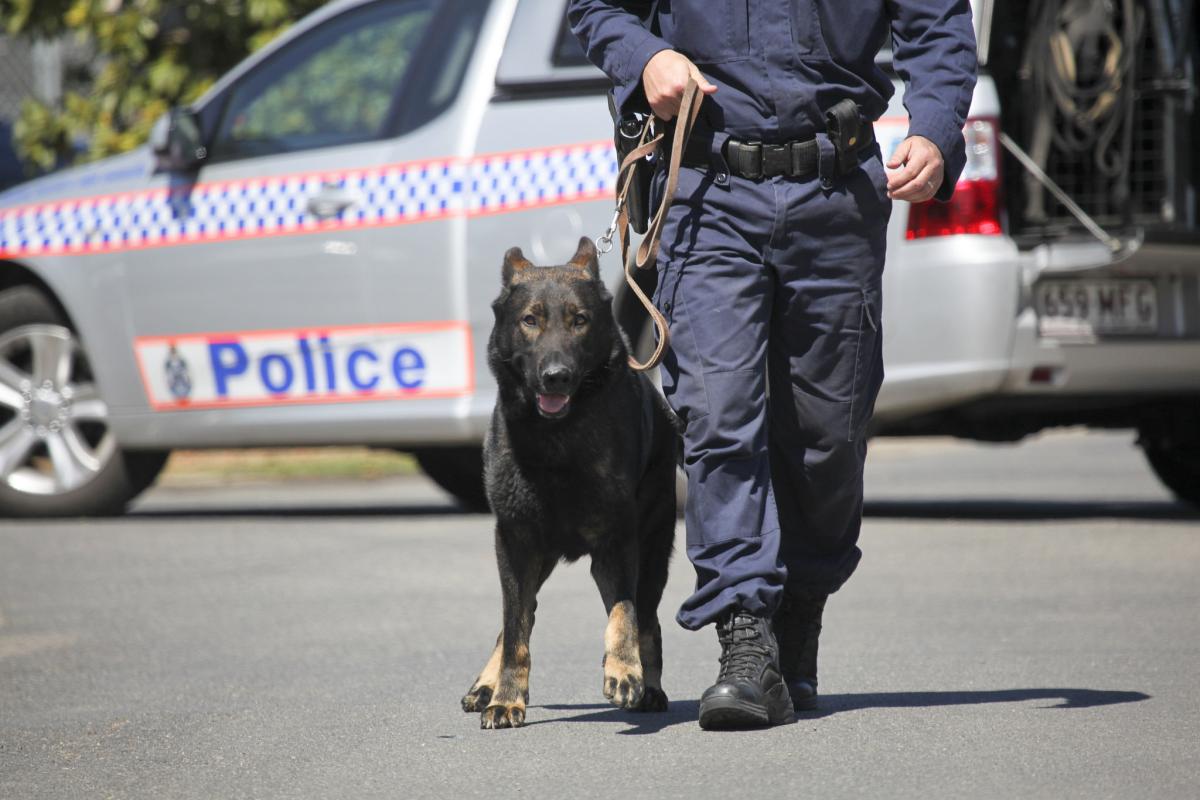Page Contents
Main Content
In response to the 'Not Now, Not Ever' report into domestic and family violence, the Government has agreed to implement all recommendations, including trials for the use of GPS monitoring for high risk perpetrators of domestic and family violence.
From 31st March 2018, offenders may be granted bail and be required to wear a GPS tracking device. The offender must be deemed suitable for bail before a GPS tracking device is considered. It can be imposed for any reason or offence.
To support this response, Australia’s National Research Organisation for Women’s Safety (ANROWS) was commissioned to conduct research into the use of electronic monitoring of domestic and family violence perpetrators in the criminal justice system, with findings detailed in the ANROWS Electronic Monitoring in the Context of Domestic and Family Violence report.
Information about GPS monitoring and other key findings of the report are contained in the fact sheet GPS Monitoring in the Domestic and Family Violence Context.
The Queensland Police Service undertook a trial of GPS monitoring technology using Police officers in simulated domestic and family violence scenarios. Details of that trial are contained in the Domestic and Family Violence GPS-enabled Electronic Monitoring Technology Evaluation Report.
Should I be worried?
No. Rest assured that the safety of the community is our top priority. The monitoring devices allow police to intercept and act where an imminent threat has been identified, or where an offender has breached their conditions.
How are offenders monitored?
Electronic monitoring of a tracking device consists of an electronic device (commonly referred to as an ankle bracelet) that is attached to a bailee’s ankle, allowing their movements to be electronically monitored.
What equipment is used?
The equipment consists of electronic monitoring devices, charging cables and beacons.
The technology uses any combination of RF (radio frequency) for beacons, GPS, WiFi or 3G/4G telecommunications to record the location of the device. It then uses 3G telecommunications coverage to communicate the information back to a monitoring service.
When are the devices fitted?
The fitting and removal of tracking devices are done at QPS watchhouses. All watchhouse staff have received training in how to fit, activate and deploy these devices.
Can the devices be tampered with?
The GPS devices are tamper-resistant. Breaking or cutting the GPS straps generates an immediate alert to the Monitoring Centre.
Real time monitoring
A 24-hour Monitoring Centre has been contracted to track bailee movements and to provide immediate notification to police of any detected breaches.
Alert notifications
If an offender attempts to access or passes through an exclusion zone, an immediate alert is raised and notifies police.
When a notification is received by police and an imminent risk has been identified, the police communication centre details a police crew to attend as soon as possible. The safety of the community is a top priority for the QPS.
Further information
For any further details regarding Electronic monitoring (GPS) tracking, please contact your local QPS watch house.
Bailees requiring further information, support or assistance in relation to their monitoring device should contact their closest 24-hour watchhouse.
